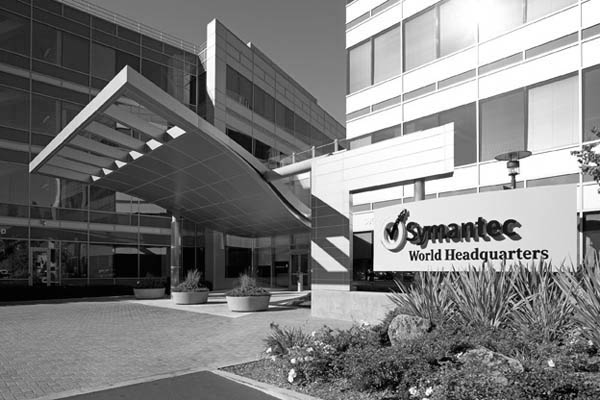In the wake of Symantec’s (SYMC) split into separate security and storage operations, the consensus view is the move signaled the company's admission its 10-year-old, $13.5 billion Veritas acquisition was a blunder that never did fit.

In the wake of Symantec’s (SYMC) split into separate security and storage operations, the consensus view is the move signaled the company’s admission its 10-year-old, $13.5 billion Veritas acquisition was a blunder that never did fit.
But there’s far more to the foundational overhaul than Symantec’s rolling over to admit past mistakes.
The list of descriptive phrases to describe Symantec’s separation spans “an unwinding,” a “de-merger,” “correcting past mistakes,” “fixing the company,” and the effusive “finally!” said to come from Phil Winslow at Credit Suisse, who had clamored for a Symantec corporate split since 2010. (According to a Barron’s report, Winslow believes that Symantec can sell off its Information Management unit—what amounts to the Veritas operation—for some $9 billion, recouping close to 70 percent of the original purchase price.)
There’s plenty of evidence that Symantec has been flailing for a number of years, generating justifiable criticism that it lacked strategy and an operational plan, didn’t integrate its technologies well, and ran out its portfolio as dozens of different point solutions, confusing the market and its channel partners in the process.
The company’s constant upheavals resulted in an abrupt firing of former chief Steve Bennett last March and a number of channel executive departures, including channel chief John Eldh, a nine-year company veteran who left at the end of August, and global channel operations boss Garrett Jones.
Now with the breakup, perhaps Symantec’s two new businesses can open up a clean slate with the vendor’s channel community. For Symantec’s channel partners, no longer having to find skills overlap in what’s required to sell security on the one hand and storage on the other is a good thing. That means those specialists either in security or storage likely will find quick sledding with the breakup but larger partners engaged with both product portfolios may find some slogging ahead trying to work separately with both companies.
Still, the size of the Symantec technology and service portfolio certainly didn’t accommodate most partners, so a divesting of one from the other should provide more dedicated, knowledgeable support staff for both security and storage operations on whom solution providers can rely.
Getting all the new pieces in place for both Symantec operations will take more than a year, the company said, not to be completed until December 2015. By then, partners should have a much clearer path for working with both entities.
Once the breakup is done, new Symantec chief executive Michael Brown will serve as president and CEO of the security wing while John Gannon, a former Quantum chief operating officer and head of Hewlett-Packard’s (HPQ) commercial PC business, will be the general manager of the information management side of the operation.
The Security business will include consumer and enterprise endpoint security; endpoint management; encryption; mobile; SSL certificates; user authentication; mail, web and data center security; data loss prevention; hosted security; and managed security services. The Information Management business will include backup and recovery, archiving, eDiscovery, storage management and information availability solutions.
About the Author(s)
You May Also Like


